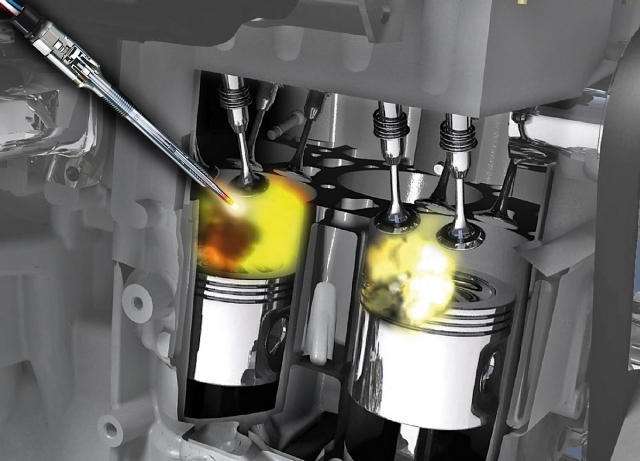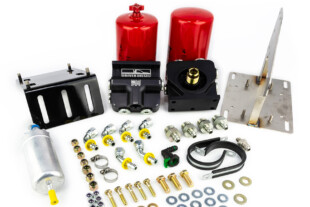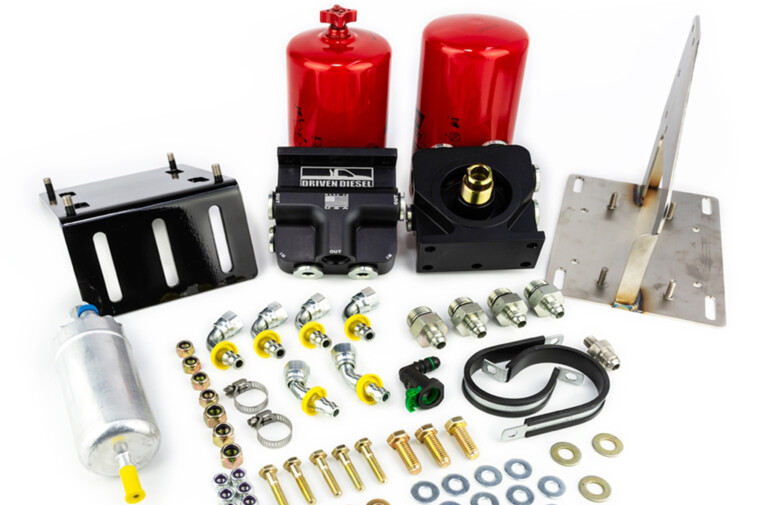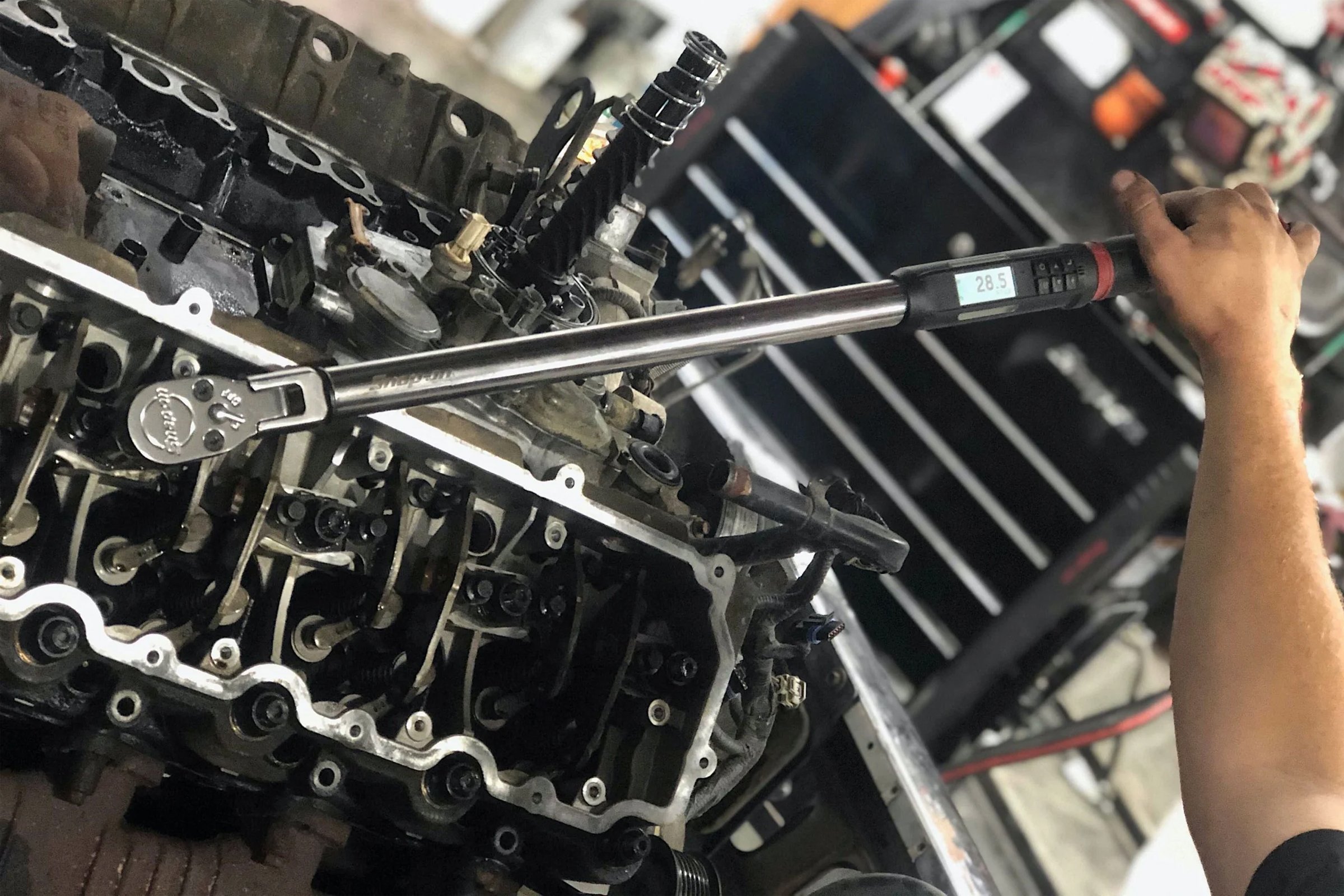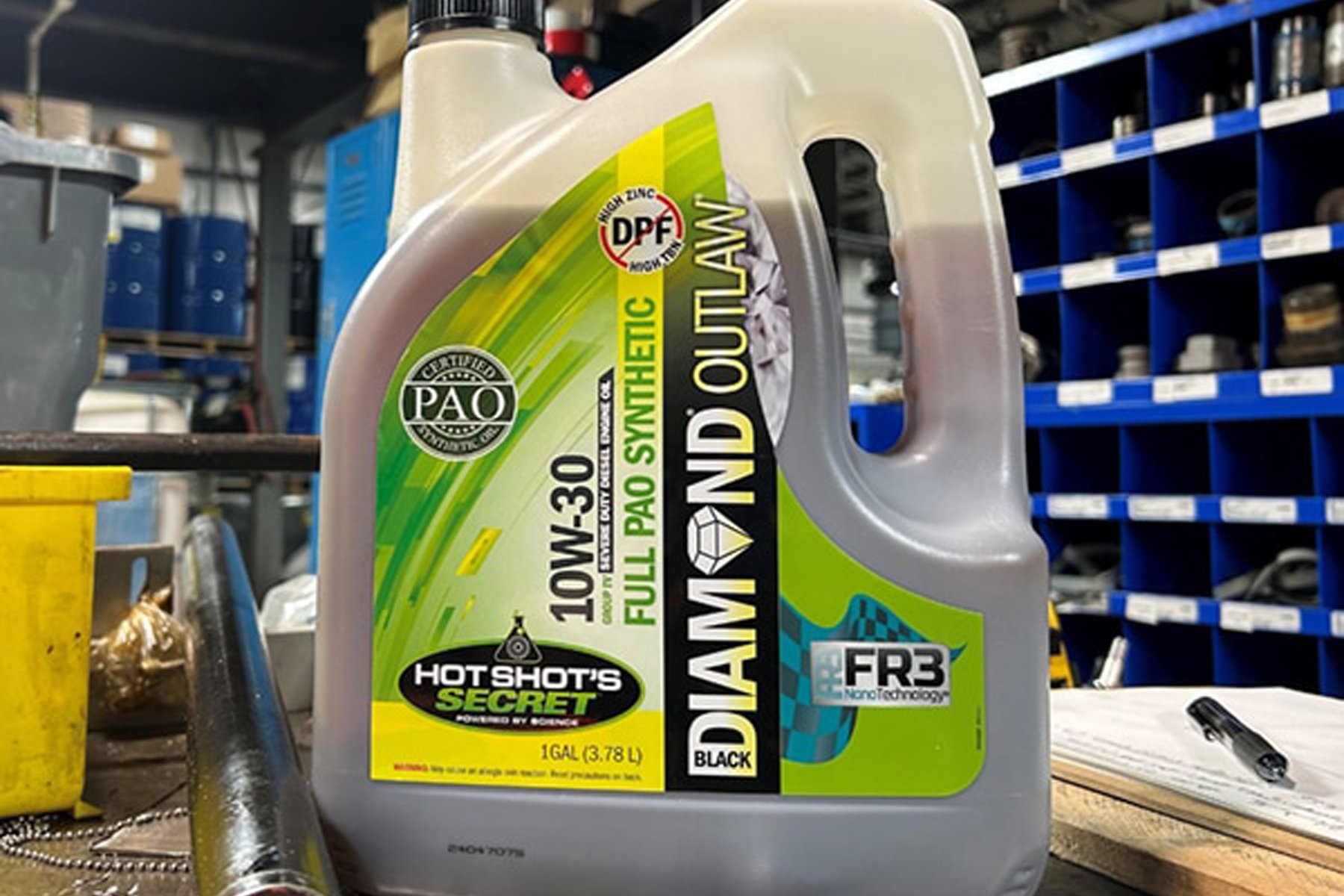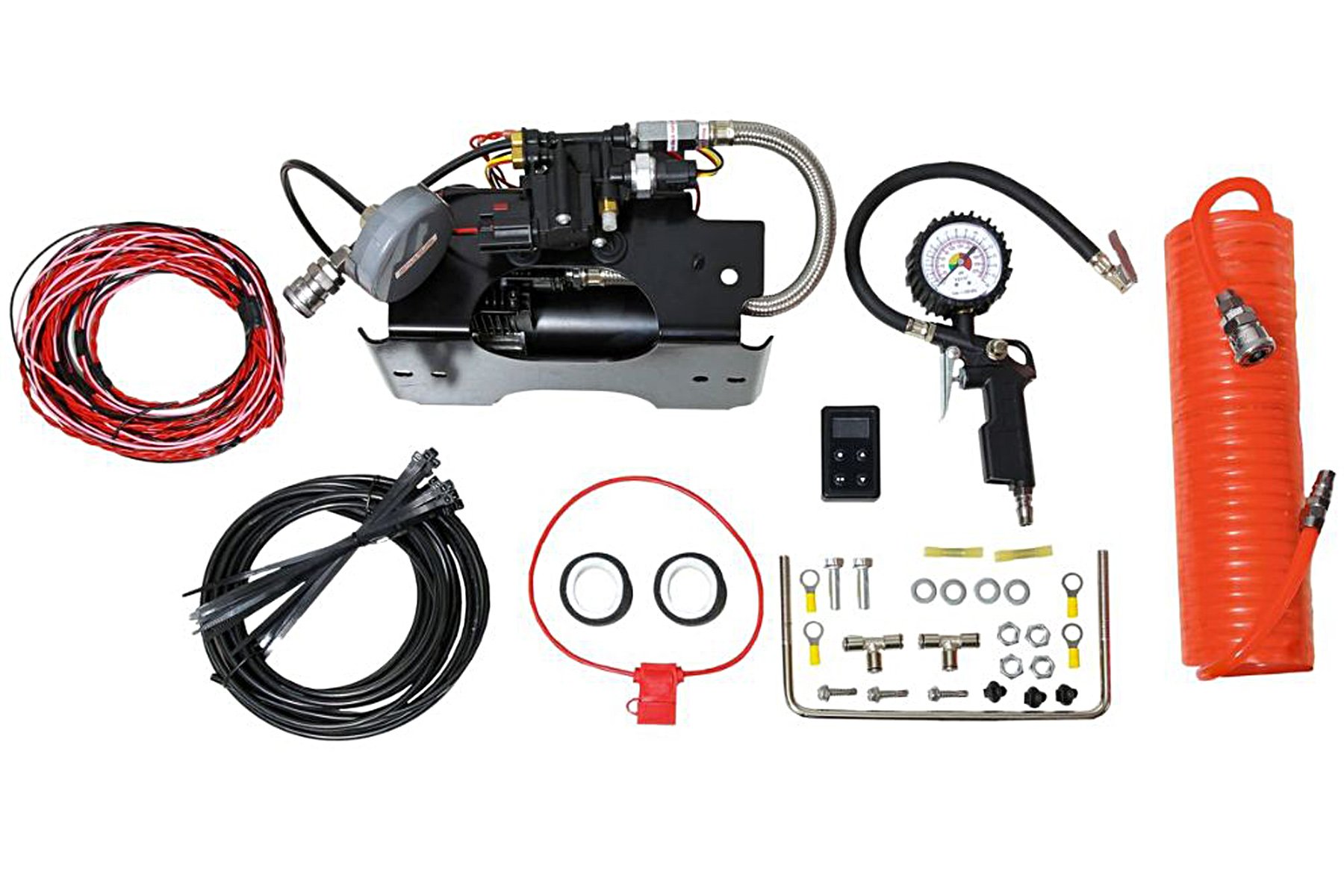Last year, we wrote an article on the past, present and future diesel technologies. One of the future technologies that we mentioned in that article was BorgWarner’s new glow plug that not only gets hot to help reduce emissions during cold starts but it is, also, capable of monitoring the pressure inside of the combustion chamber.
This wild idea has now become a reality as the new PSG (Pressure Sensor Glow Plug) is on the production Volkswagen’s new modular diesel engine system (MDB). The engines will initially be released as a 1.4-liter producing a staggering 74 horsepower, but larger versions will be available later (1.6 and 2.0 liters) that are capable of producing up to 188 horsepower.
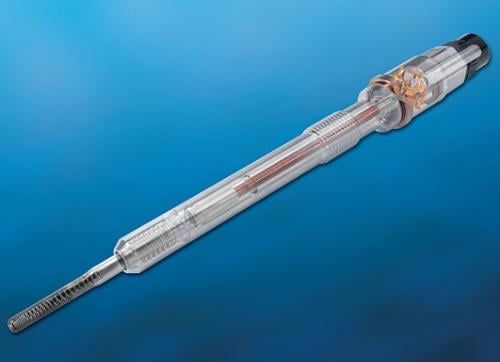 The new series of engines will be available in Volkswagen, Audi, Seat and Skoda models that need to meet the Euro 6 emissions standards. This is the same engine family that will be imported to the US, no word yet whether the US version will, also, be using this new technology. But it is important to note, this technology has the possibility to be adopted by every engine manufacturer worldwide.
The new series of engines will be available in Volkswagen, Audi, Seat and Skoda models that need to meet the Euro 6 emissions standards. This is the same engine family that will be imported to the US, no word yet whether the US version will, also, be using this new technology. But it is important to note, this technology has the possibility to be adopted by every engine manufacturer worldwide.
“BorgWarner’s advanced diesel cold-start technology contributes significantly to a cleaner combustion process,” said Brady Ericson, President and General Manager, BorgWarner Emissions Systems. “BorgWarner is the first manufacturer to produce the PSG in series production. We are pleased to assist the Volkswagen Group in achieving its ambitious targets for powertrain optimization, reduced emissions and improved fuel economy.”
BorgWarner’s PSG combines an efficient glow plug to improve cold starts but it also, has an integrated pressure sensor to improve engine efficiency. This is done by measuring the pressure inside of the cylinder. The sensor measures the rapidly changing cylinder pressure and feeds that data to the engine control unit (ECU). With this information, ECU is able to adjust the timing and amount of fuel to improve torque, reduce emissions and improve horsepower.
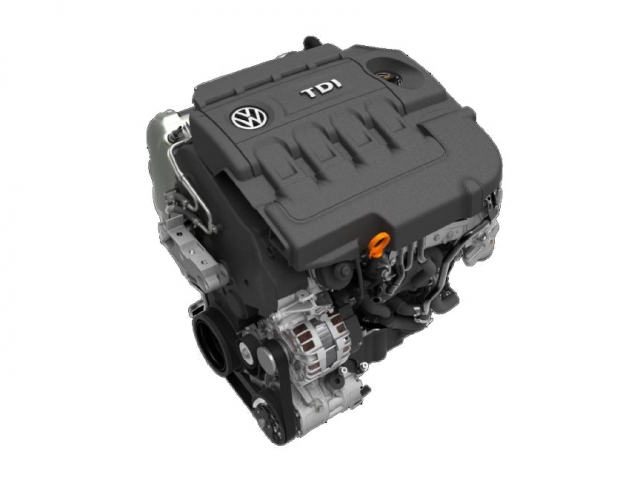 This technology is pretty exciting but, also, very scary for us in the aftermarket. If the computer is able to measure the pressure, then there is a potential that the engine will de-fuel if the engine is producing more power than the allowed range. But on the flip side of that, if tuners can crack the code, this could allow more efficient and less dangerous tunes which could result in more power, less emissions, better fuel economy and less engine damage.
This technology is pretty exciting but, also, very scary for us in the aftermarket. If the computer is able to measure the pressure, then there is a potential that the engine will de-fuel if the engine is producing more power than the allowed range. But on the flip side of that, if tuners can crack the code, this could allow more efficient and less dangerous tunes which could result in more power, less emissions, better fuel economy and less engine damage.
Stay tuned!



